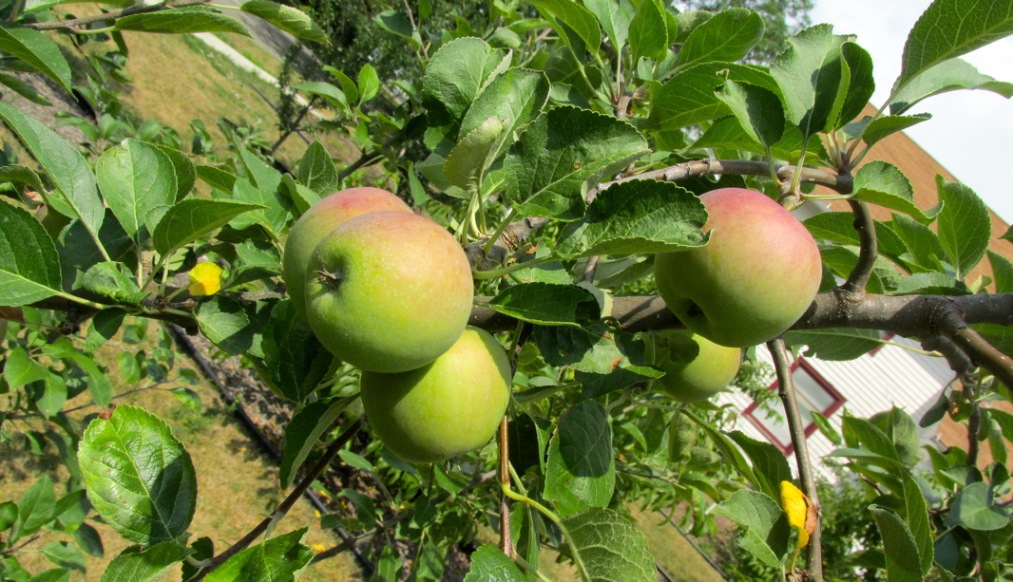The Eastside neighborhood of Flint, Michigan has changed drastically in recent decades. Houses sit empty and falling apart; arson has been a problem, as well as crime. Businesses have closed down all along nearby Davison Road, the main Eastside corridor.
Flint schools were once the envy of the U.S., but a large open space now sits where a three-story elementary school had served the community for almost a century. After seven years of vacancy, it was torched by arsonists in 2010. Flint has a 41.2 percent poverty rate, almost triple Michigan’s 15.8 percent, and the Eastside is one of the areas in the city where that financial disparity is most apparent.
In October 2015, Edna Sabucco started the Eastside Franklin Park Neighborhood Association, which is helped by the Community Foundation of Greater Flint. Flint’s Neighborhood Engagement Hub is the fiscal sponsor, a partnership that allowed them to secure grants of $5,000 or more.
Now with $5000 they raised with the community foundation’s assistance, the Eastside neighborhood association is now in the process of reactivating some of those vacant lots into productive green space with a garden and orchard. While not large, it’s emblematic of the kind of new life the neighborhood wants and needs, so other organizations are flocking to help.
For example, horticulture experts from Flint’s historic Applewood Estate are advising the association on what to grow. And Edible Flint, which helps residents learn to grow their own food, is also helping with gardening plans. Edible Flint’s mission is to support Flint residents in growing and accessing healthy food in order to reconnect them with the land, and with each other.
The Community Foundation of Greater Flint (CFGF) is a tax-exempt public charity created by and for the people of Genesee County. CFGF enables people with philanthropic interests to easily and effectively support the issues they care about – immediately or through their will. Donors can establish a charitable fund at the foundation by contributing a variety of assets. Those assets are then carefully invested by the foundation.
Established in 1988 through the merger of The Flint Public Trust, founded in 1950, and the Flint Area Health Foundation, created in 1978, the resulting Community Foundation combined the strengths of these two Flint institutions to position itself for future growth and giving.
Since the merger, assets have grown from $10 million to more than $182 million. Over 10,000 contributors ranging from modest to magnificent means have enabled the Community Foundation to award more than $100 million in grants to the greater Flint area from over 450 charitable funds.
A map from the Genesee County Land Bank shows that there are few blocks in the Eastside that don’t have at least one land bank-owned property. Some blocks are more than half owned by the land bank. The Land Bank currently owns about 8937 properties in Genesee County.
The land bank’s mission is to restore value to the community by acquiring, redeveloping, and selling vacant and abandoned properties in cooperation with stakeholders who value responsible land ownership. Every year, they receive a new inventory of tax-foreclosed properties from the county, which forecloses after three years of unpaid taxes.
The land bank then works to put these properties back into productive use. This includes selling and renting the properties, managing blight, greening, and revitalizing the neighborhoods that surround our properties.
The Eastside’s new orchard/park is a great example of furthering the revitalization of a community by beautifying vacant land and returning it to productive use on a very limited budget.
Photo courtesy of Edible Flint.
See full Next City article by Scott Atkinson.

